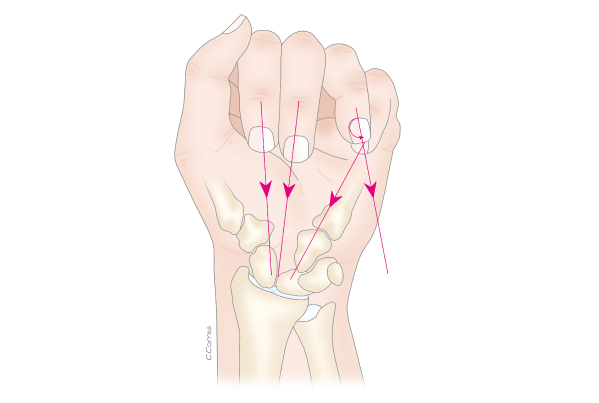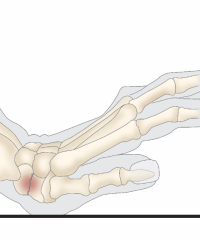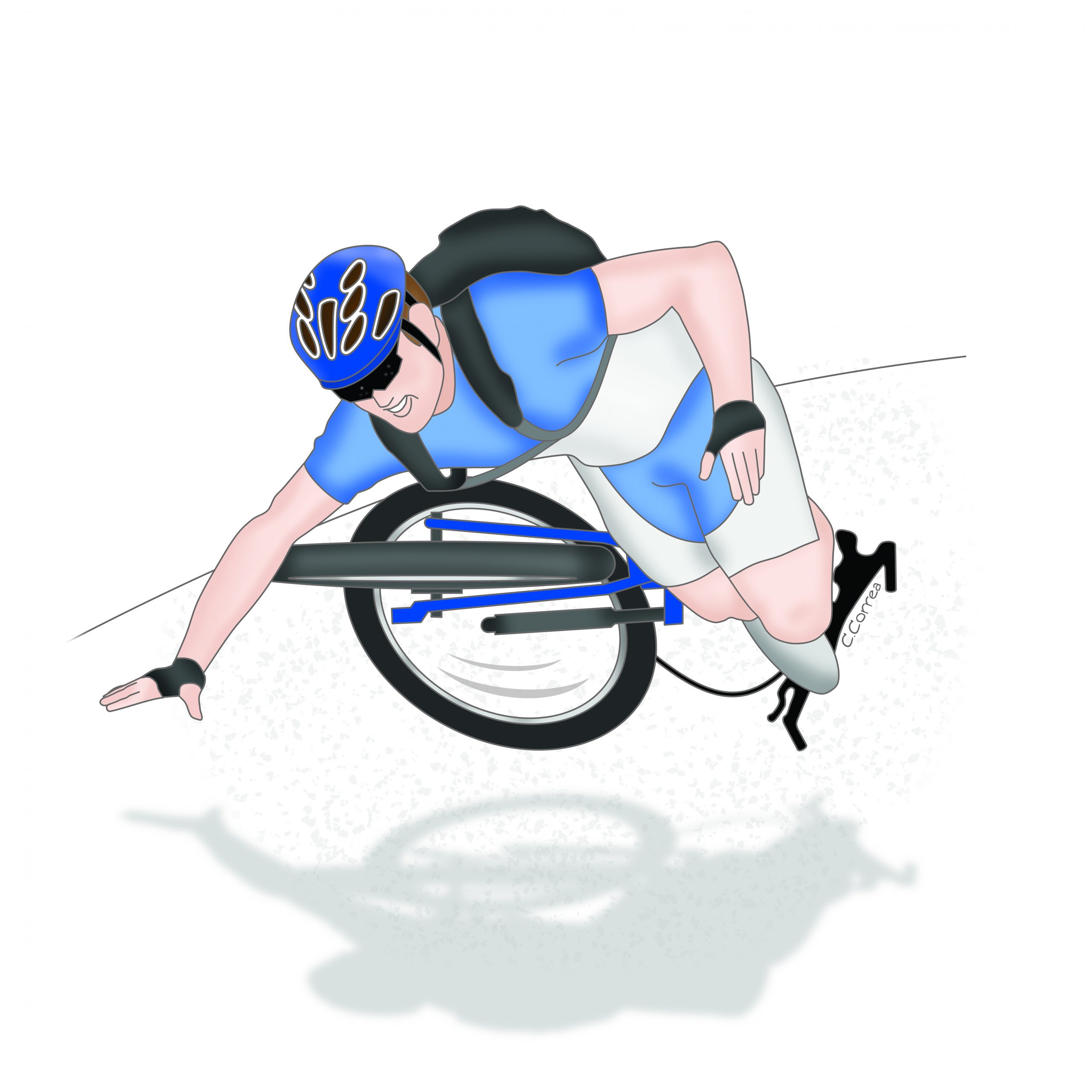Wrist arthroscopy
Recent posts
Do you have any doubt?
My goal is to help them regain not only function, but also the quality of life they deserve. If you are experiencing pain, movement limitations or injuries to your hands, I am here to offer you my experience in the field. Together, we can chart a path to recovery and restoration of vitality to your hands.
Categories
As more people embrace the healthy lifestyle trend, they’re practicing more sports such as bicycling or going to the gym which is generating an increase in medical visits because incorrectly performing these activities can cause wrist injuries, amongst others.
If an injury should happen, it’s important to keep an eye on a few signs that will help when consulting a specialist, for example, a wrist sprain can pass unperceived and will improve in a few days or by immobilizing it. However, it can be a more complex injury like a wrist ligament lesion or even a fracture, which is why it’s so important to analyse the signs and symptoms regarding any injury.
Any pain that doesn’t show improvement within the first few days with painkillers or immobilization, could prove that something more serious is happening in the wrist and should be consulted with a doctor immediately. Other important symptoms include wrist swelling, limited movement, bruising, and trouble lifting heavy object due to pain; if any of these issues should come about a hand specialist needs to be consulted immediately, so a fracture can be discarded. If a fracture is not detected in time, it could affect mobility almost irreparably if the injury is conclusively not a fracture then it can be treated as a sprain.
Depending on how the symptoms evolve (pain or lifting limitations) and if there’s an improvement, in terms of pain, the patient is sent to rehabilitation, but if the discomfort persists further tests should be run to determine the type of injury it is.
With the development of minimally invasive surgery the use of arthroscopic surgery has become increasingly popular, this intervention consists in making micro incisions which prevent damaging other anatomically important structures. Arthroscopic intervention is also a useful diagnostics tool for some diseases that other forms of diagnostics would prove counterproductive for, for example, a wrist ultrasound, which is why in this case an arthroscopy would be the best diagnostics tool because it lets us see most of the structures around the wrist, letting us identify and magnify them.
There are two types of arthroscopic surgery, wet arthroscopy, which is performed using liquid and dry arthroscopy. The most common procedure is wet arthroscopy, however, this technique will always cause the patient to swell as well as pain during recovery. With dry arthroscopy, on the other hand, there’s no swelling and less pain which reduces recovery time and better movement.
As a specialist in arthroscopic interventions, I’ve had the opportunity to visit Doctor Francisco del Piñal in Madrid, Spain, a pioneer in developing this procedure in his country. He described the innovative technique of dry arthroscopy, being very familiar with its benefits and advantages, to be able to use this type of surgery in Colombia.
Currently, the development of these arthroscopic procedures have been on the rise, as an innovative technique it offers many benefits and advantages for the patient, so much so, that it’s even used for wrist fractures (distal radius or some carpal bones), ligament repair, mass resection like ganglion cysts or wear of the joint treatment (Rhizarthrosis).
It should be noted that these types of procedures can only be performed by a specialist on the subject, that should meet some basic requirements such as:
- Vast experience in the execution of the procedure.
- Continual training.
- Perform the procedure constantly.
- Have all the necessary equipment and elements for the appropriate execution of the surgery.











